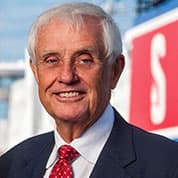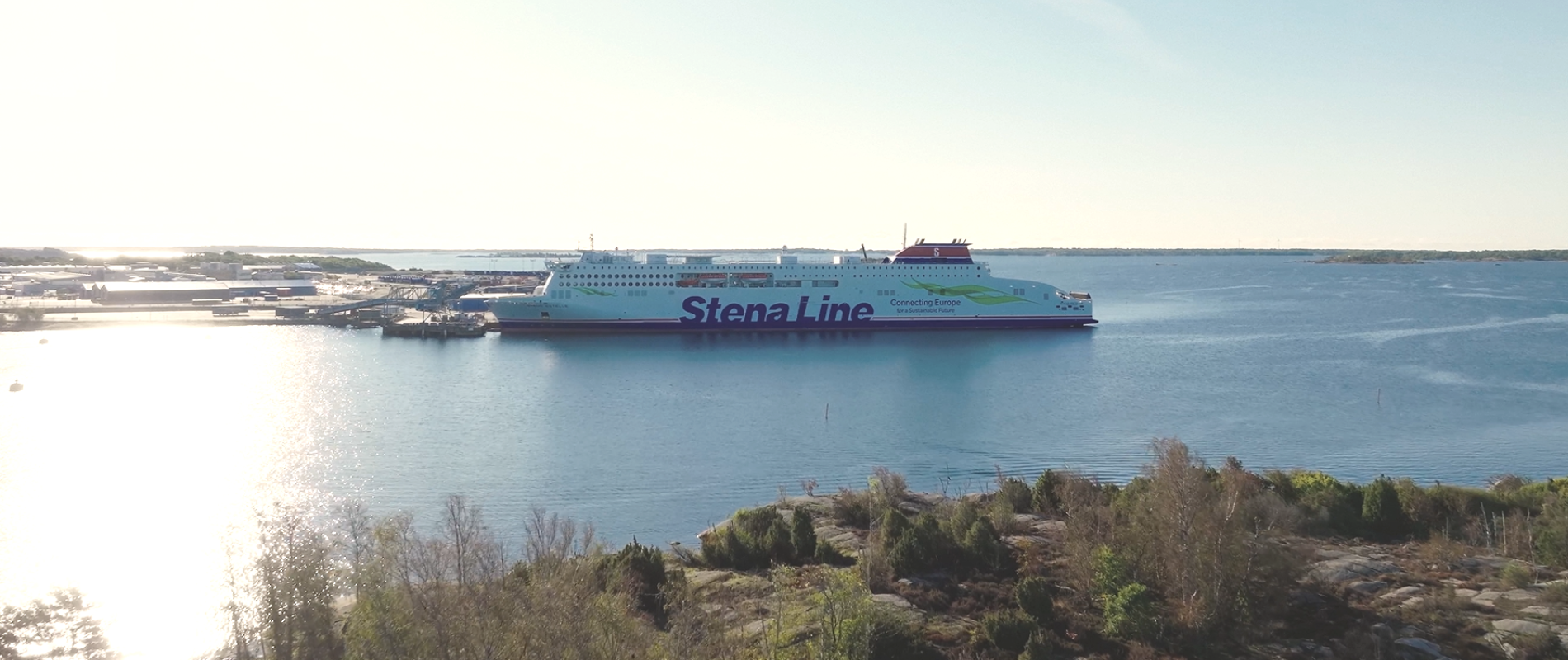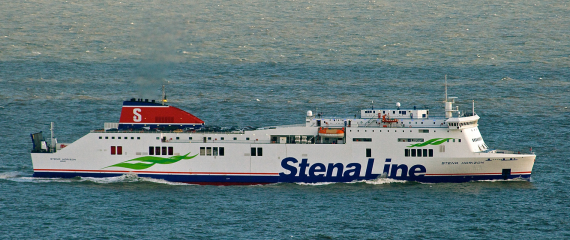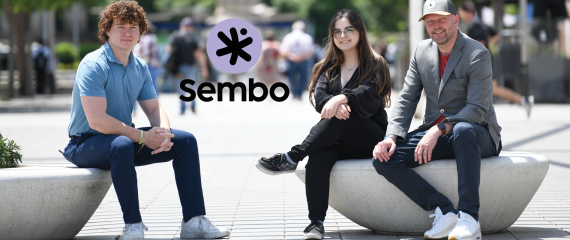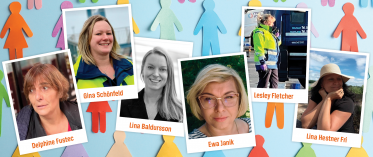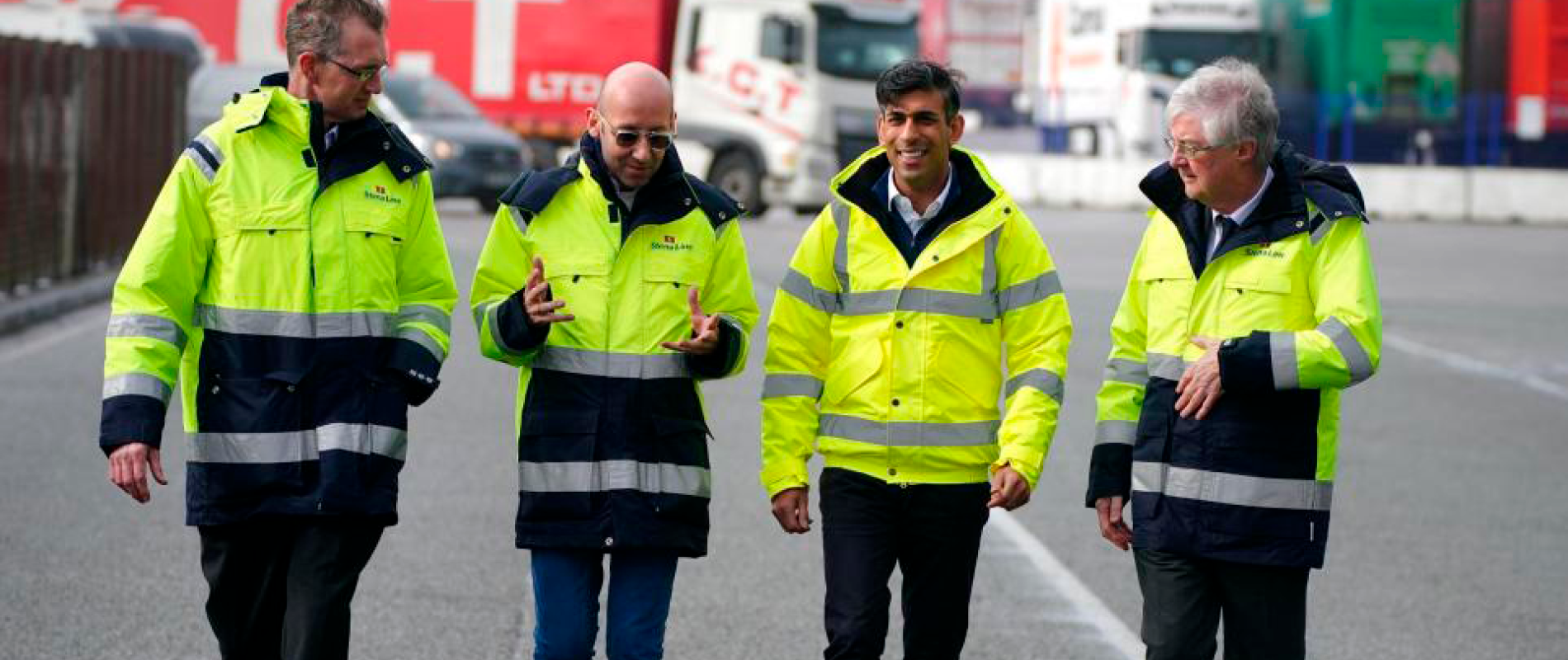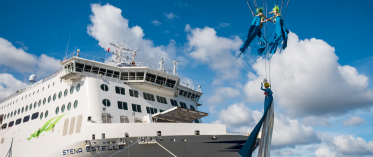MINIMISING OUR ENERGY CONSUMPTION BY USING DIGITAL TOOLS
Learn how Stena Line is working with artificial intelligence to save resources and optimise voyages.
At Stena Line we are on a journey towards our vision ‘Connecting Europe for a sustainable future’. We have set out to be the leader in sustainable shipping. To reach that goal we need to adapt and find new ways to reduce our carbon footprint. Modern technology can support us on this journey.
Using artificial intelligence is one of the ways we can utilise data to make improvements to our operations. Since a couple of years back Stena Line and the Fleet Operations Digital team are working more with digital tools as support to minimise the energy consumption in the daily ferry operation.
SAVING FUEL WITH THE VOYAGE OPTIMISATION TOOL
Stena Voyage Optimisation software is one of the tools that can help us save CO2 and fuel. When preparing a voyage, the tool suggests the number of engines we need to use and looks at the forecasted weather along the route. During voyage it calculates the optimal speed and takes a large set of factors into consideration such as wind, waves and depth along the route while at the same time always arriving on time.
“We conducted an extensive evaluation to measure how much fuel we save using the voyage optimisation. It was done during a whole year with several ships collecting many thousands of trips. We saw that we could save up to 5 percent fuel even though the conditions vary from ship to ship,” says Emma Aronsson, Lead Developer at Stena Line.
TRIM OPTIMISATION
The platform also opens up for additional ways of saving CO₂ and energy. One such way is to pursue the work to create recommendations for optimal trim and engines.
The trim of a vessel refers to the difference in water depth between the forward and aft draught either by the bow (front) or the stern (back). This difference affects how much fuel the ship consumes during its journey, with potential variations of up to 8% from the least to the most efficient trim. In the future, the system will recommend the optimal trim for each departure given the current planned load and trim window.
All our ships are equipped with ballast water systems, which transfer water between tanks on the vessel to achieve the right trim and stability. If we instead could load our ships with cargo and vehicles to achieve this, we would achieve the desired trim, resulting in greater fuel efficiency.
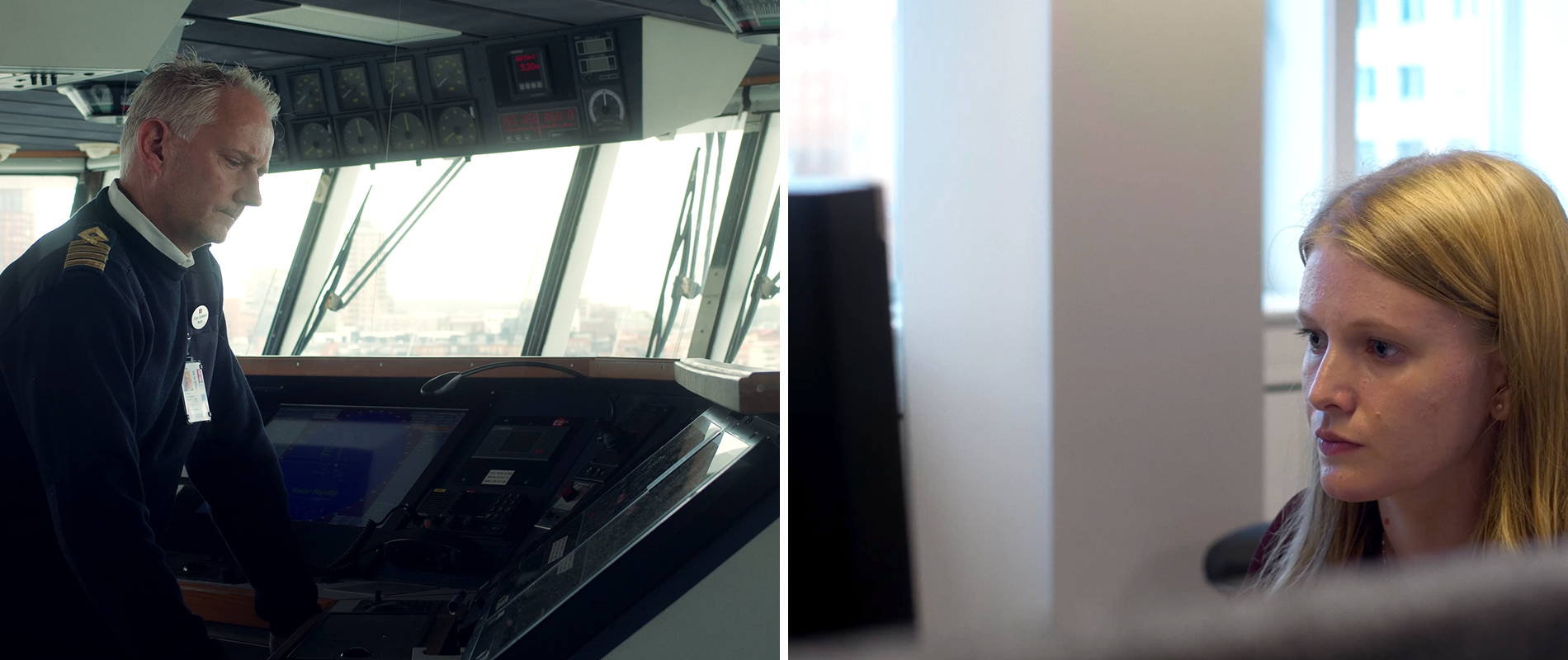
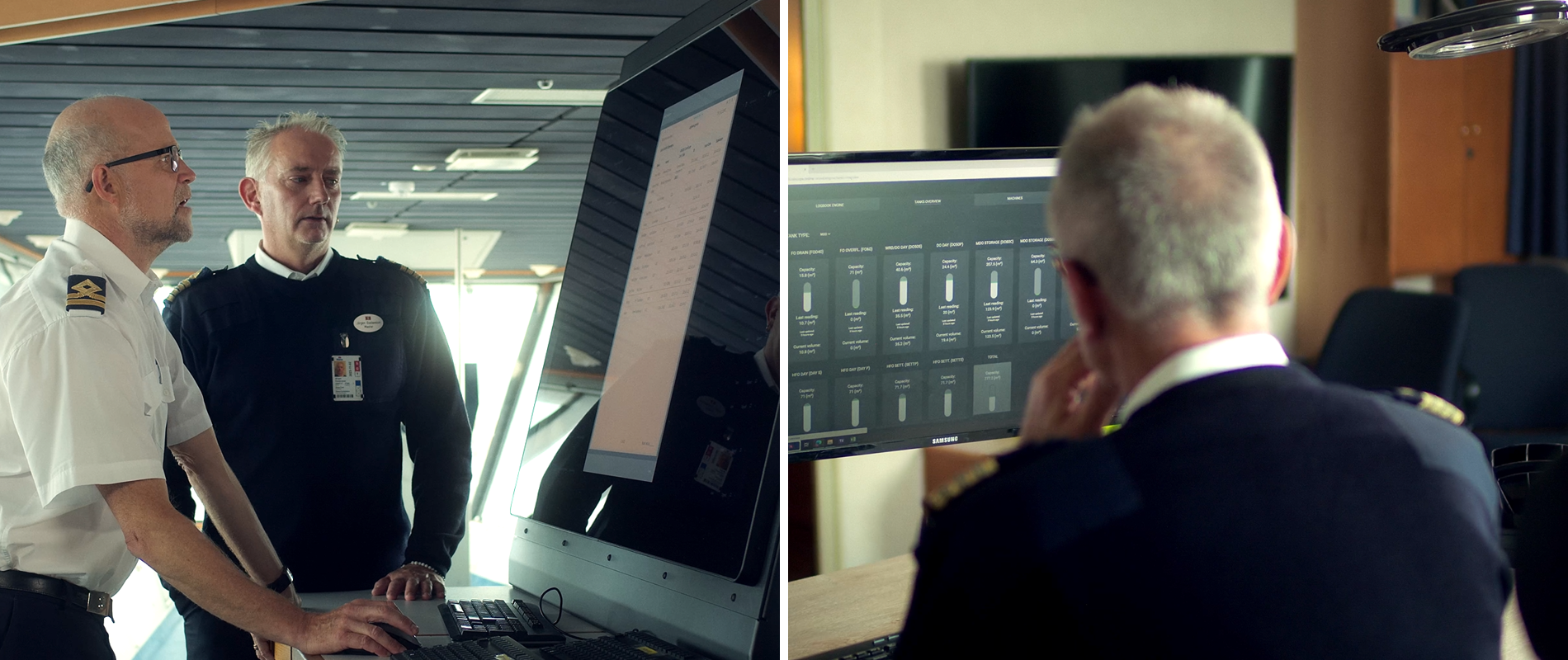
INTRODUCING ELECTRONIC LOGBOOKS
To reduce the amount of garbage is a constant focus onboard the ship. With Stena Line’s new electronic logbooks it is possible to track the amount waste produced onboard in a more automated way so that our sustainability team can see the impact of different initiatives. This is one of the functionalities that is being worked on while at the same time rolling out the logbooks in the fleet.
“We have been working closely with the Fleet Operations Digital team to create a good solution for taking our required paper-based logbooks into the digital world. This will be one tool to help us reduce our carbon footprint,” says Peter Holm, Senior Chief Engineer at Stena Line.
FINDING NEW WAYS TO REDUCE OUR CARBON FOOTPRINT
There is potential to improve the system by automating data input and adding more functionality. This can be achieved by seeing the system as a part of a digital landscape onboard our ships rather than an isolated island. To get the most value from it, different systems need to communicate with each another.
Our environment is constantly changing, and we need to evolve along with it. Our plan is to implement the voyage optimisation across our entire fleet to have the greatest possible impact.

